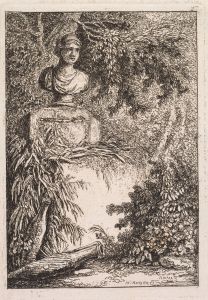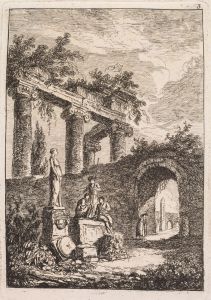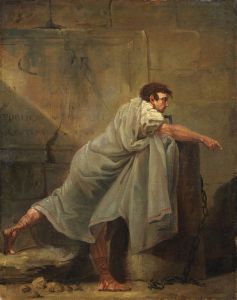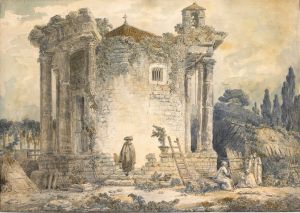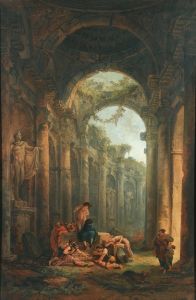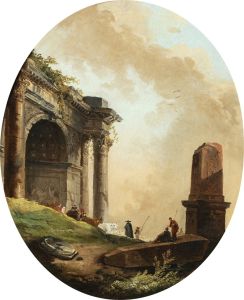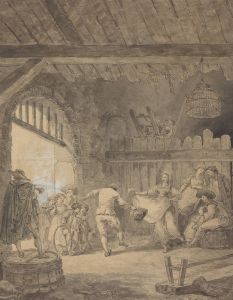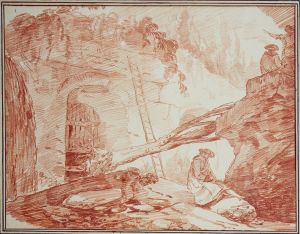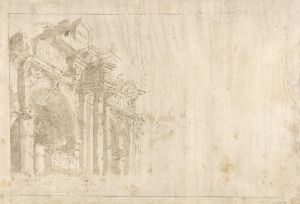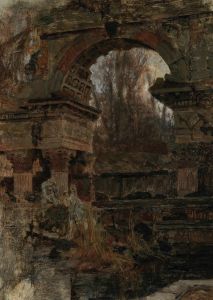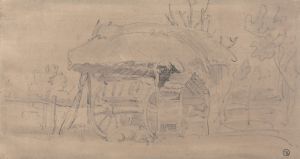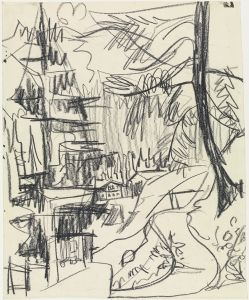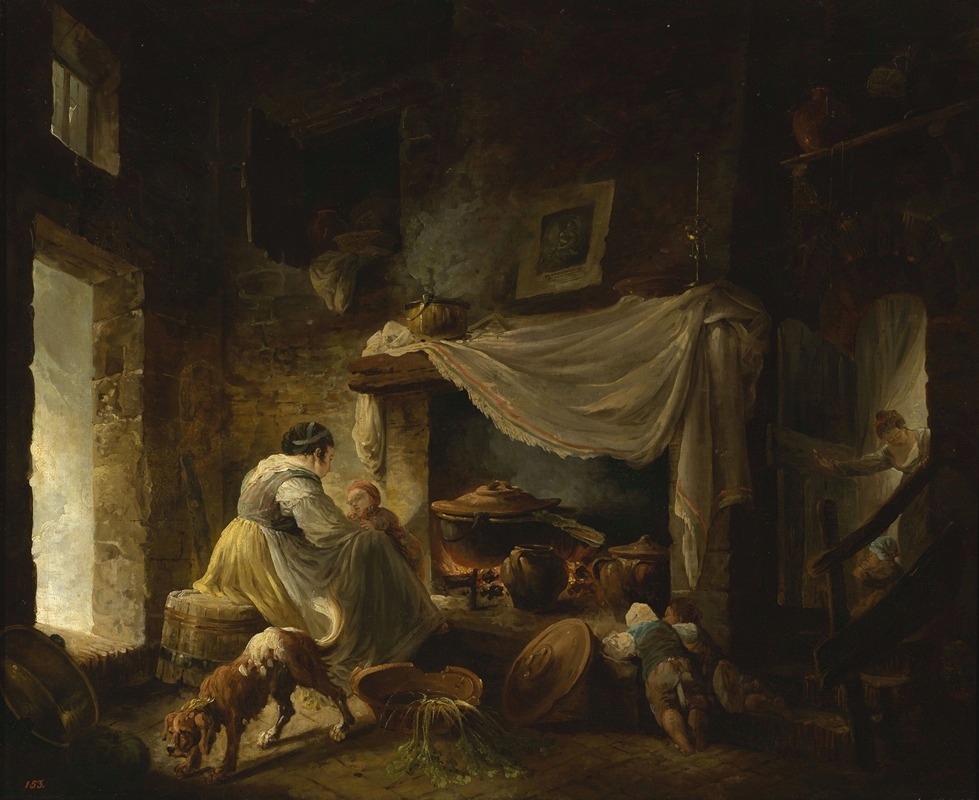
Peasant kitchen in ruins
A hand-painted replica of Hubert Robert’s masterpiece Peasant kitchen in ruins, meticulously crafted by professional artists to capture the true essence of the original. Each piece is created with museum-quality canvas and rare mineral pigments, carefully painted by experienced artists with delicate brushstrokes and rich, layered colors to perfectly recreate the texture of the original artwork. Unlike machine-printed reproductions, this hand-painted version brings the painting to life, infused with the artist’s emotions and skill in every stroke. Whether for personal collection or home decoration, it instantly elevates the artistic atmosphere of any space.
"Peasant Kitchen in Ruins" is a painting by the French artist Hubert Robert, who was renowned for his landscapes and depictions of architectural ruins. Born in 1733, Robert became a prominent figure in the art world during the 18th century, earning the nickname "Robert des Ruines" due to his fascination with depicting ruins. His works often combined elements of classical architecture with scenes of everyday life, creating a unique blend of the grandiose and the mundane.
The painting "Peasant Kitchen in Ruins" exemplifies Robert's characteristic style, showcasing his ability to merge the decaying grandeur of ancient architecture with the simplicity of rural life. The artwork features a rustic kitchen setting, where remnants of a once-grand structure serve as the backdrop. This juxtaposition highlights the passage of time and the enduring nature of human activity amidst the decay of man-made structures.
Robert's technique in this painting, as in many of his works, demonstrates his skillful use of light and shadow to create depth and atmosphere. The interplay of light streaming through the ruins and illuminating the kitchen scene adds a sense of realism and immediacy to the composition. The figures in the painting, likely peasants engaged in their daily tasks, are depicted with a sense of naturalism that contrasts with the romanticized portrayal of the ruins.
The theme of ruins was particularly popular during the 18th century, reflecting the period's fascination with antiquity and the sublime. Robert's work often evoked a sense of nostalgia and contemplation, inviting viewers to reflect on the transient nature of human achievements. His paintings were not merely records of architectural decay but were imbued with a poetic quality that resonated with the philosophical currents of his time.
Hubert Robert's influence extended beyond his paintings; he was also involved in the design of gardens and architectural projects, bringing his artistic vision to life in three-dimensional spaces. His work was highly regarded by his contemporaries, and he was appointed as a member of the prestigious Académie Royale de Peinture et de Sculpture in 1766. Robert's legacy endures through his contributions to the genre of landscape painting and his ability to capture the beauty and melancholy of ruins.
"Peasant Kitchen in Ruins" remains a testament to Robert's mastery of composition and his unique ability to blend the past with the present. The painting continues to be appreciated for its artistic merit and its reflection of the cultural and historical context of the 18th century. Through this work, Hubert Robert invites viewers to ponder the relationship between humanity and the passage of time, a theme that remains relevant in the study of art and history.





